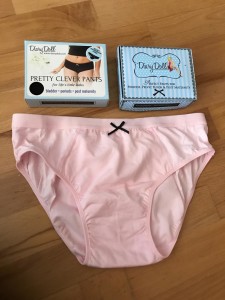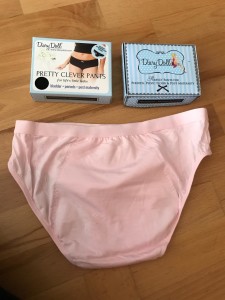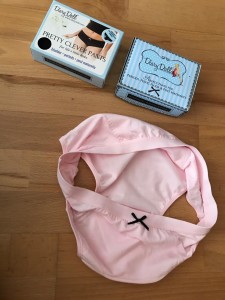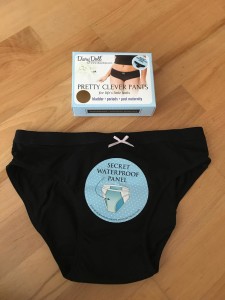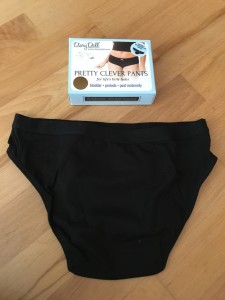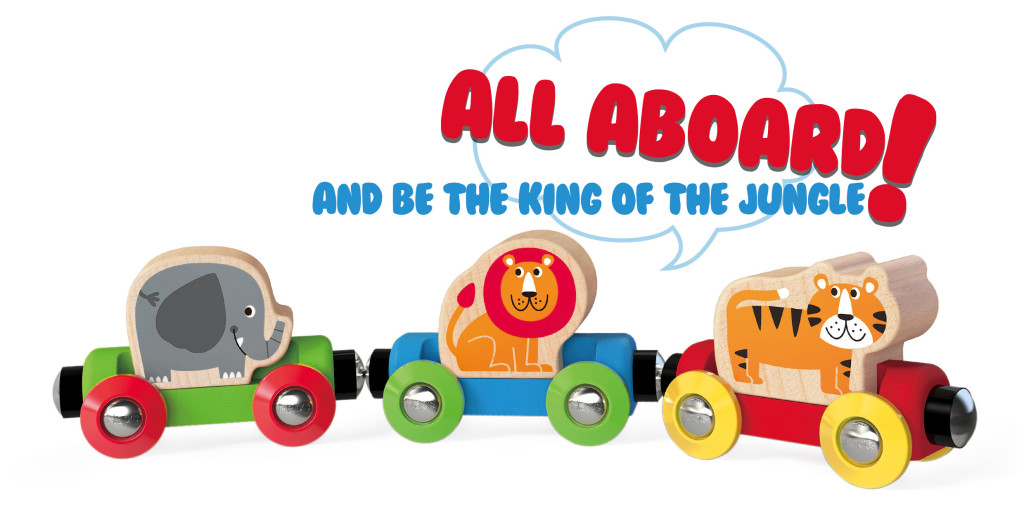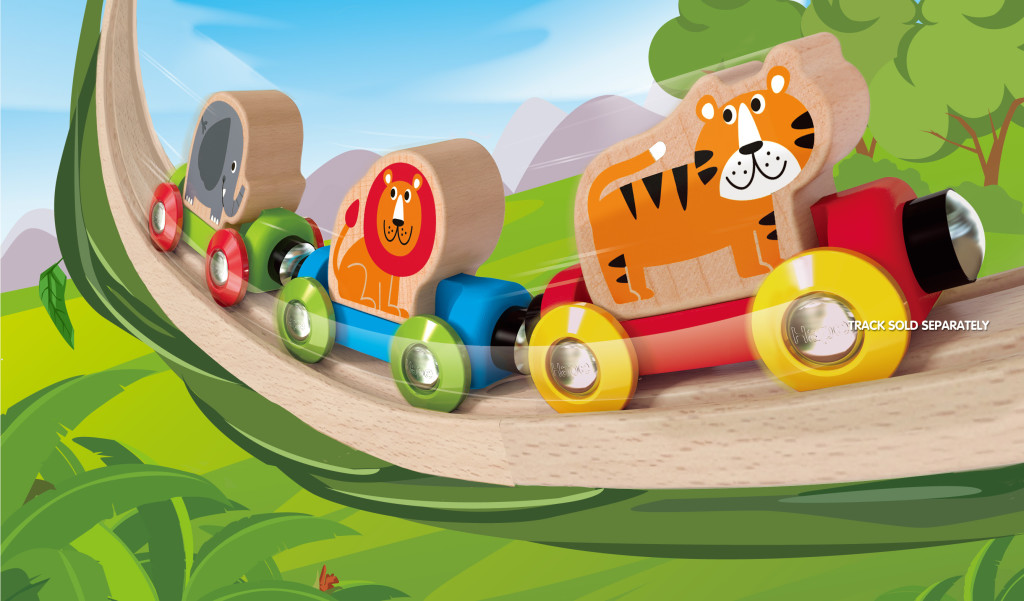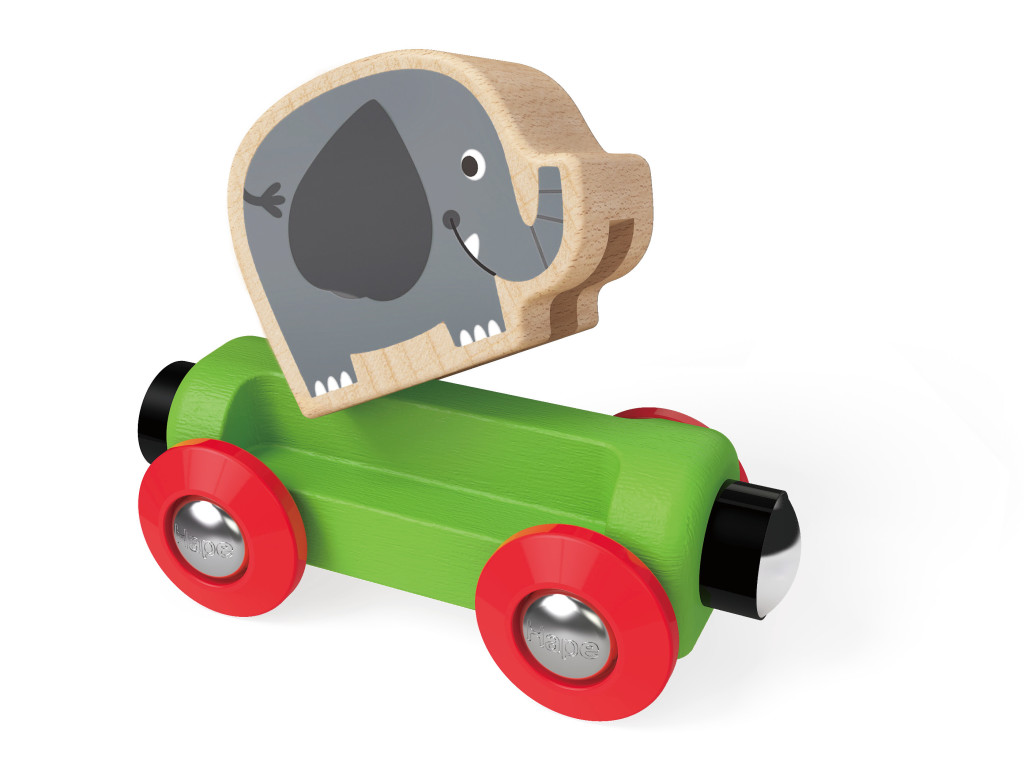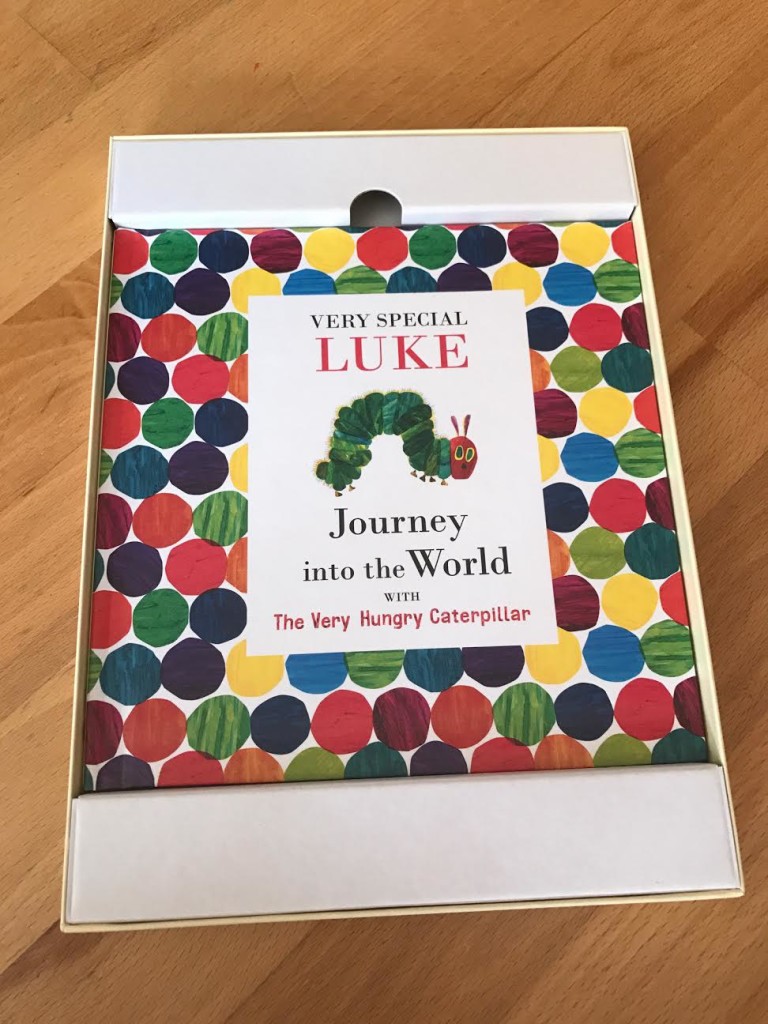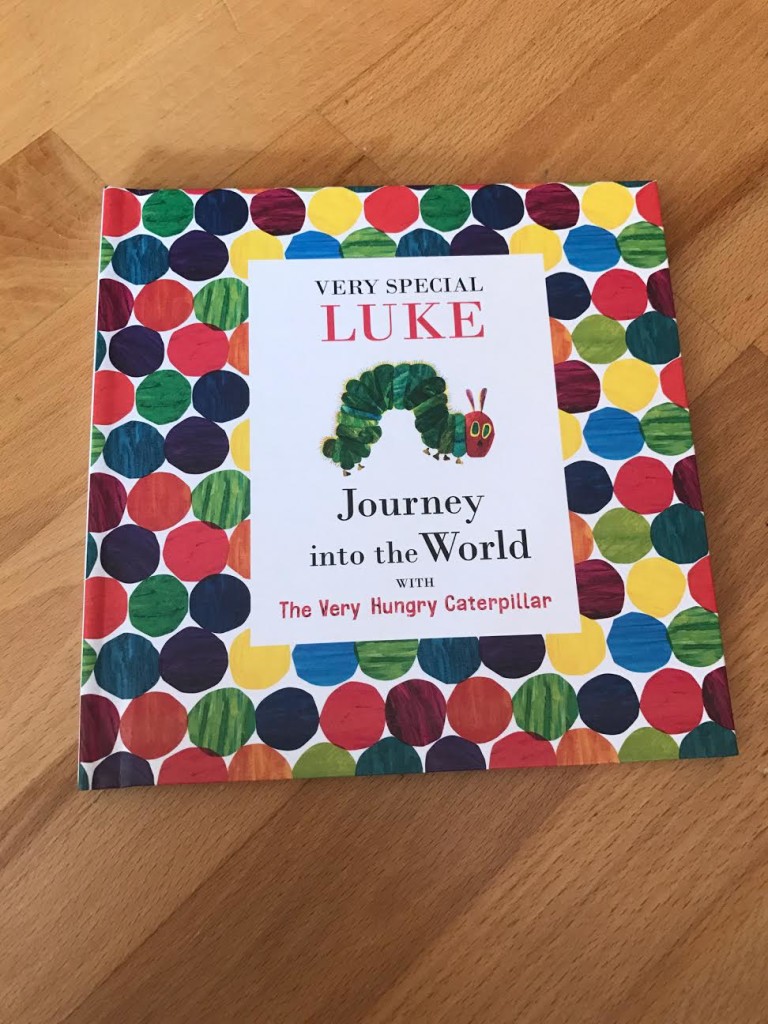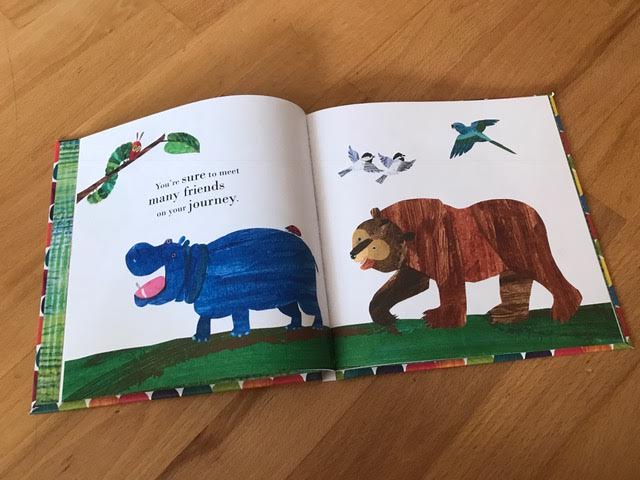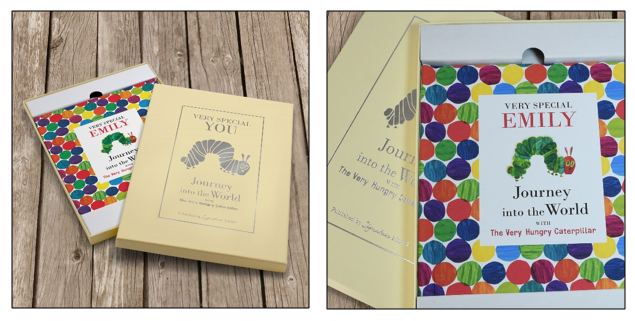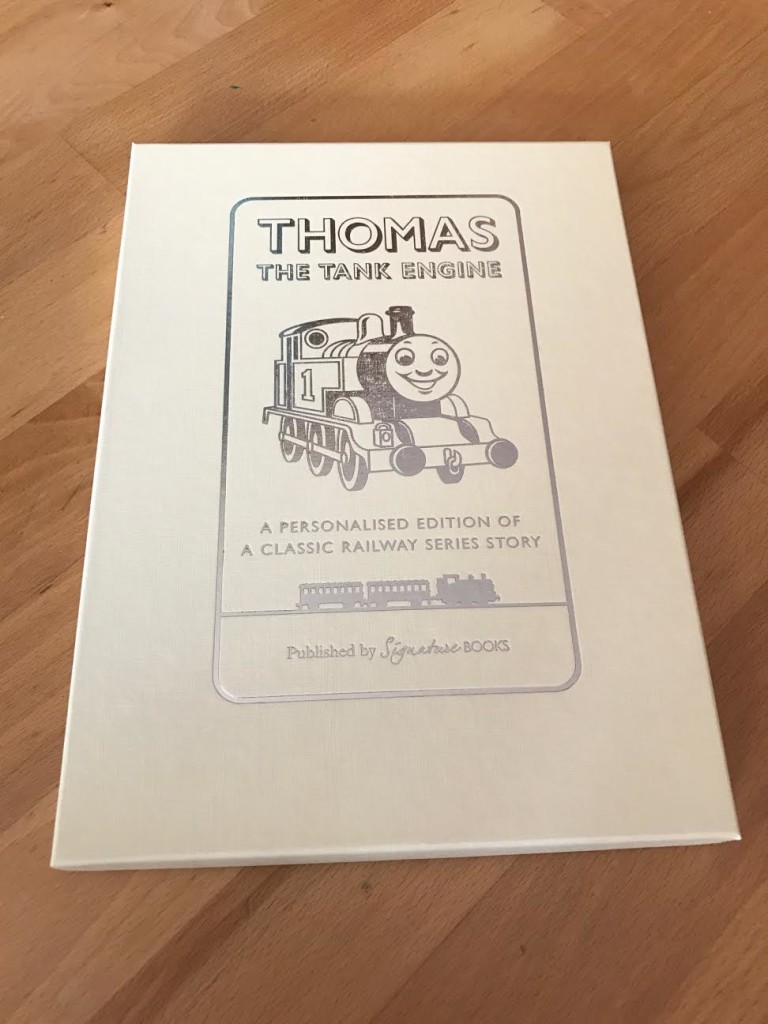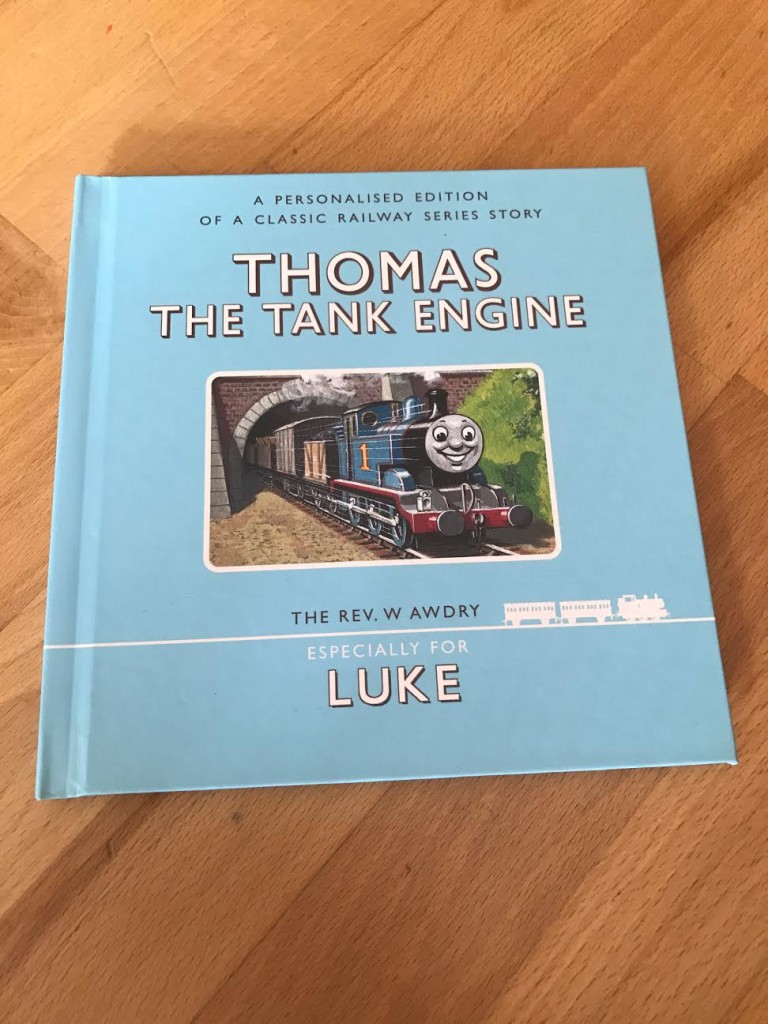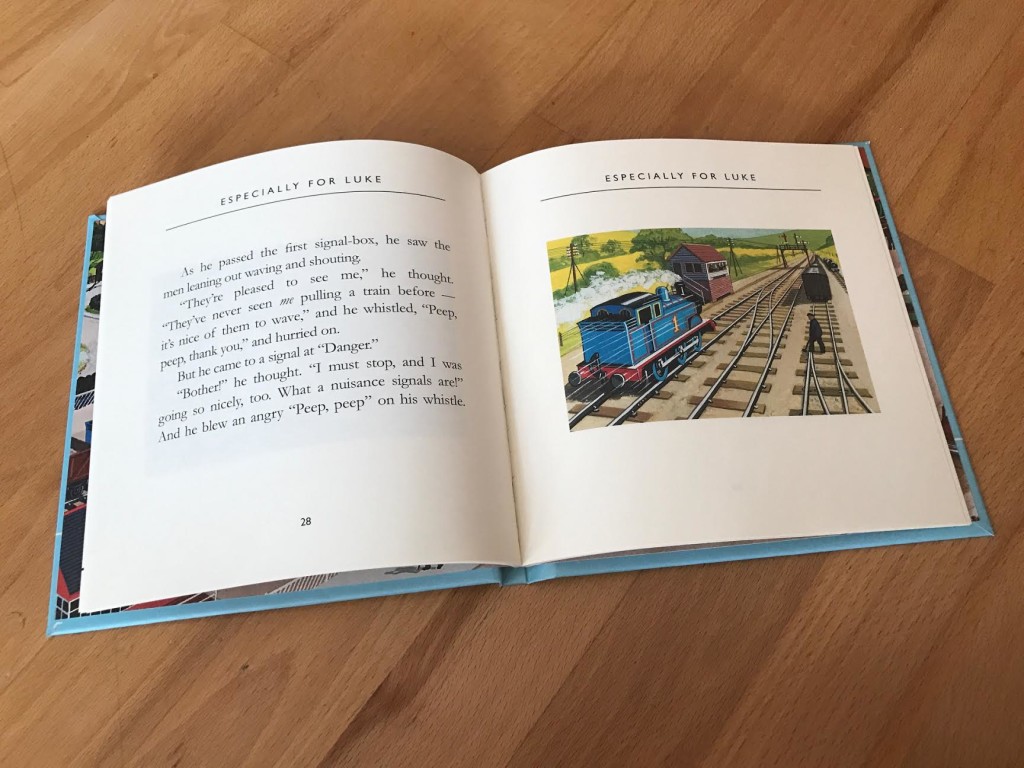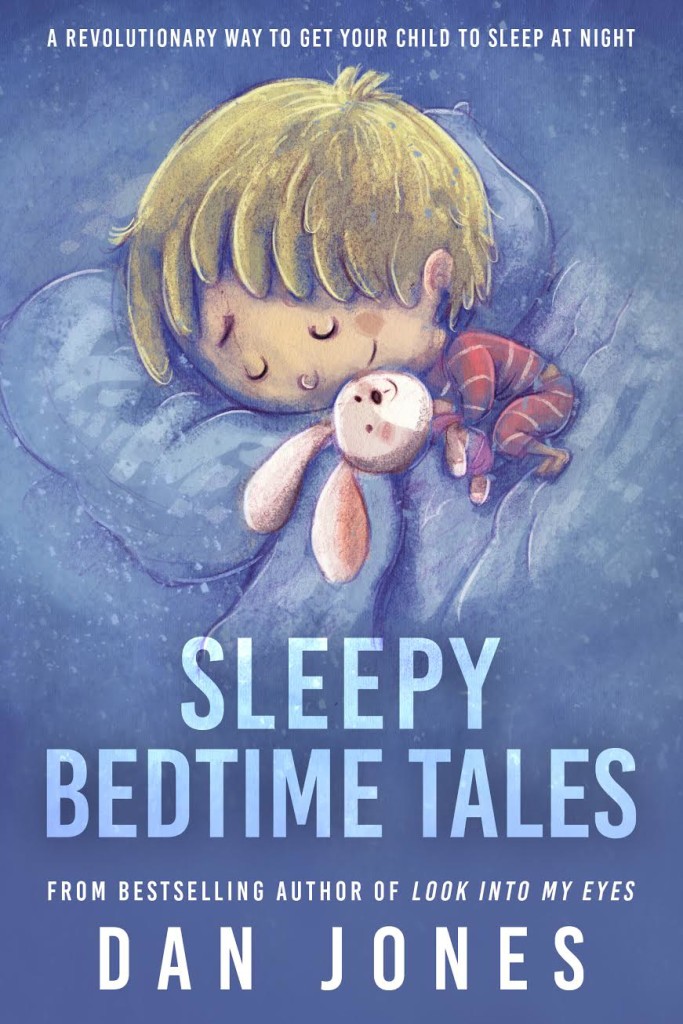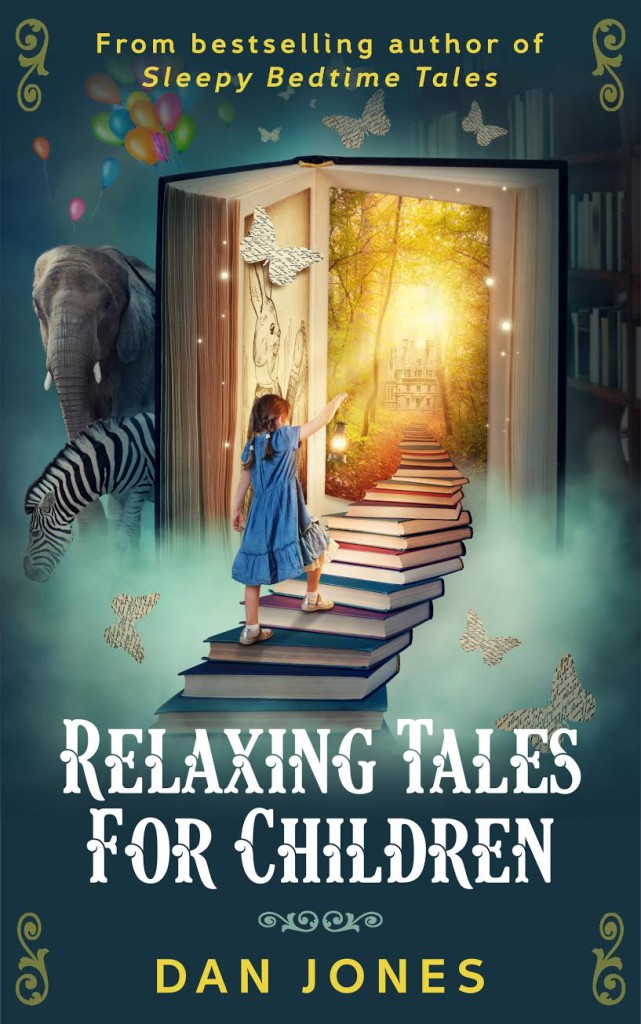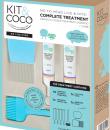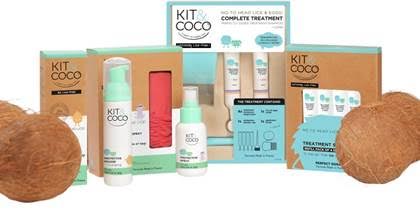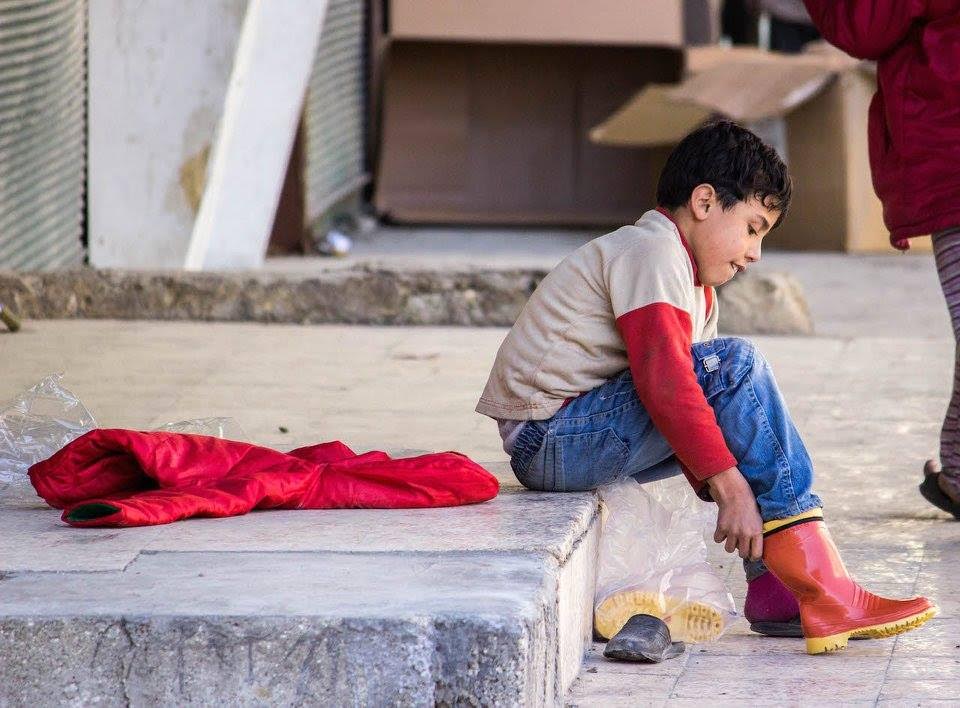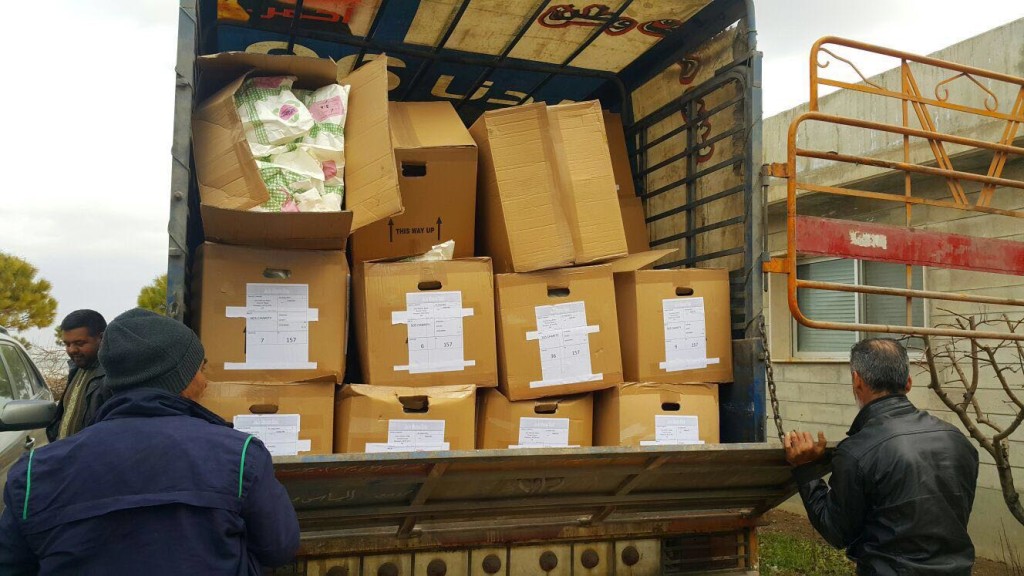Frost magazine found the The Great British Family Report 2017 very interesting indeed. How do you match up?

NO MONEY, NO TIME, NO PATIENCE – BUT NINE IN TEN BRITISH FAMILIES ARE HAPPY
- Great British Family Report paints picture of typical family in 2017 – from work to finances
- Biggest worries include money, children’s happiness and lack of quality time spent with kids
- Mums much more hands-on with chores – but also control the purse-strings
- But despite pressures of family life, 91 per cent of British families are happy and content
A portrait of British family life in 2017 reveals parents are under constant pressure as they juggle finances, kids and responsibilities, according to a new report. But despite the burden of family life, more than nine in ten parents (91%) are happy with life.
Nationwide’s Great British Family Report was commissioned to produce both a snapshot of the average family but also to highlight the pressures affecting parents – from the costs of living, to the struggles many face in fulfilling their roles as parents, partners and workers.
The report, which polled 2,000 families, shows that, on average, families have two children, a pet dog, an income of £29,688 a year, live in a three-bed house and drive a Ford Focus. However, the insight also shows parents work an average of 30 hours a week and invest as much time doing household chores as spending time together (18 hours). The survey also reveals that women are far more likely to manage the household finances than men and also do an average of seven hours more housework per week.
Average family
The poll shows that British families tend to have two children (45%), while around a fifth (19%) have three and nine per cent have four or more. The average age for starting to have children is 27 years old, with the second child arriving at the age of 30. Those with three children tend to have their third at 33 years old.
As well as children, the families surveyed had an average of one pet, with a dog being the companion of choice, closely followed by a cat. In terms of the cars they drive, the most popular family vehicle is a Ford Focus. The average amount spent on the main family car is just under £9,000 (£8,911).
Two thirds (67%) of parents are married, according to the research, with one in ten (10%) either single, divorced or separated.
British families also enjoy an average of two holidays together a year, one in the UK and one abroad. While one in eight families (13%) aren’t able to go on holiday together at all. Nearly a third of families (30%) spend more than ten per cent of their annual income on holidays per year – demonstrating the importance many place on relaxing and having dedicated time with loved ones.
Family finances
The survey shows that women are more likely to control the family finances, with over a third of women (38%) saying they manage the budget, compared to just a quarter (27%) of men. The average household earns £29,688 a year, with one in five (20%) earning £18,000 or less. Families have an average of around£8,000 squirreled away in savings for themselves, while the average savings of the eldest child is £2,723. Families owe an average of £1,618 on credit cards, £1,315 on personal loans, £1,496 on student loans, £896 on car finance and nearly £500 is owed to the bank of mum and dad. Around one in ten families polled (11%) have more than £20,000 in savings.
When all the main bills have been paid, families polled say they’ve got an average of £183 of disposable income a week to spend for the whole family, which amounts to around £46 per person, per week, assuming a family of four. While two in five (41%) say they have less than £115 spare cash.
But with most of their money going on bills, entertaining the kids, paying school and childcare costs, parentssay they only spend an average of £30 a month per household on themselves for things like hobbies and luxury items.
Childcare and school costs
Just over half (51%) of British families surveyed use childcare, including breakfast and afterschool clubs, with children attending sessions two days a week on average. This costs families around £2,000 each year. However, school is also expensive, with clubs, activities, kit and extra tuition costing families a sizeable £800 per year on average. This comprises of:
- £171 spent on clubs at school
- £224 spent on school activities
- £261 spent on school kit
- £145 spent on extra tuition
Our house
The poll shows that British families have an average of three bedrooms, two toilets, one family room and one toy room.
Parents spent an average of just under four-and-a-half times their household income when they bought their family home, with the majority (78%) of families having a mortgage of £164,695 still to pay off. Althoughone in ten (10%) are lucky enough to own their home outright.
Technology plays an important part in the modern family home, with families saying they own an average oftwo televisions, two tablets, two laptops, one computer, three phones and two games consoles.
The average overall value of these household tech items was £806 for televisions, £398 for tablets, £560 for laptops, £381 for computers, £562 for phones and £379 for game consoles. Toys around the house tally up to an average value of £587.
Happy families
According to the Nationwide poll, 91 per cent of parents’ class themselves as happy with family life, with nearly a third (31%) saying they are extremely happy. This is despite parents conceding they argue with family members on average twice a week and find themselves spending the same amount of time doing household chores (18 hours on average) as the time they spend together (18 hours).
The research also found that families spend an average of ten hours a week watching television, but only six hours a week spending quality time together – defined as time spent with children completely undistracted. Getting in the way of this includes work (44% of parents reported this as the top reason), household chores (34%) and children using TV and gadgets to pass the time (25%). Nearly double the amount of women (40%) than men (22%) say chores get in the way of family time, while more men (58%) than women (36%) say work is to blame.
However, the tradition of the family meal is still a firm staple for British households with the poll showing that families eat together at the table on average four times a week, compared to only twice a week in front of the television. British families polled have an average of one family takeaway together each week.
Family routine
Research into the household routine highlights that mums and dads work an average of 30 hours a week, with men doing around 35 hours and women doing around 25 hours. The average family day consists of:
- 6.50am – get out of bed
- 8.10am – leave for work
- 7.45pm – put the kids to bed
- 8.11pm – relax for the evening
- 9.58pm – go to bed (parents claim to get just over six-and-a-half hours sleep a night).
Entertaining kids
Families spend an average of £558 per annum keeping their children entertained or busy, although many manage to keep their offspring busy without needing to spend a penny. The top five ways parents keep their children busy are:
- 65% watch a film at home
- 53% go for walks or outdoor activities
- 52% discuss their day or week
- 50% help children with homework
- 48% let their children entertain themselves
Gadget time also plays a large part of keeping children entertained in British households, with a third (35%) of parents admitting to using gadgets in this way.
Family chores
Parents despise a whole range of chores, with constantly tidying up after children considered the worst chore of all. The top five worst chores include:
- Constantly tidying up after children (27%)
- Getting jobs done around the house (22%)
- Disciplining children (18%)
- Getting children to bed (16%)
- Getting them to put the iPad down or turn the TV off (16%)
Women despise parental chores more than men, with more than one in five (21%) men saying they don’t have a problem with any of them, compared to just one in nine (12%) women. However, women do a good seven hours more household chores a week than men.
Worries
When it comes to worries, money tops the poll for two in five (41%), while around third (34%) worry about their children’s happiness and almost a third (31%) feel they don’t spend enough quality time with their children. Men’s worries centre around work, with over a quarter (27%) concerned about work life balance, compared to nearly one in five women (19%). However, women’s worries centre around children, with nearly a third (31%) concerned that they are not a good parent, compared to nearly one in five men (19%).
Regrets
Two in five (40%) families wish they had saved more, over a third (37%) regret not travelling more and a quarter (25%) wish they had earned more. Around one in six (16%) regret working too many hours, with men (20%) regretting this more than women (13%). While 13 per cent wished they had more children, although this was more of a regret for women (15%) than men (8%).
Guilt
Losing patience with children so easily (45%) topped the poll when it comes to guilt, followed by allowing too much gadget time (27%) and wishing they had spent more time together as a family (24%). This may be the reason why more than a quarter of parents (27%) are concerned that they might not be good parents, or are not doing enough for their family (21%).
Phil Smith, Nationwide’s Head of Current Accounts said: “Our report shows that family life isn’t always easy, with home ownership, striking a work-life balance and keeping the children entertained a fine art. But while it is clear that time is at a premium and finances are being squeezed, it’s heart-warming to know that through thick and thin the vast majority of us are happy.
“As Britain’s biggest building society, we naturally see lots of families in our branches. One of the things we notice is that regardless of their financial circumstances, they all have the same need – to have peace of mind that they can manage their money”.
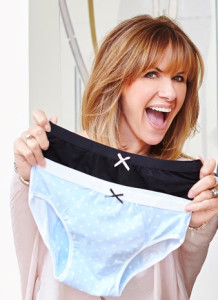 It is not easy being a woman. First there are periods, then possible post maternity leakage (do this pelvic exercises now!) or other bladder issues. But help is at hand at last: DiaryDoll are a range of protective underwear with a concealed waterproof layer which offers girls and women that extra peace of mind and comfort.
It is not easy being a woman. First there are periods, then possible post maternity leakage (do this pelvic exercises now!) or other bladder issues. But help is at hand at last: DiaryDoll are a range of protective underwear with a concealed waterproof layer which offers girls and women that extra peace of mind and comfort.
